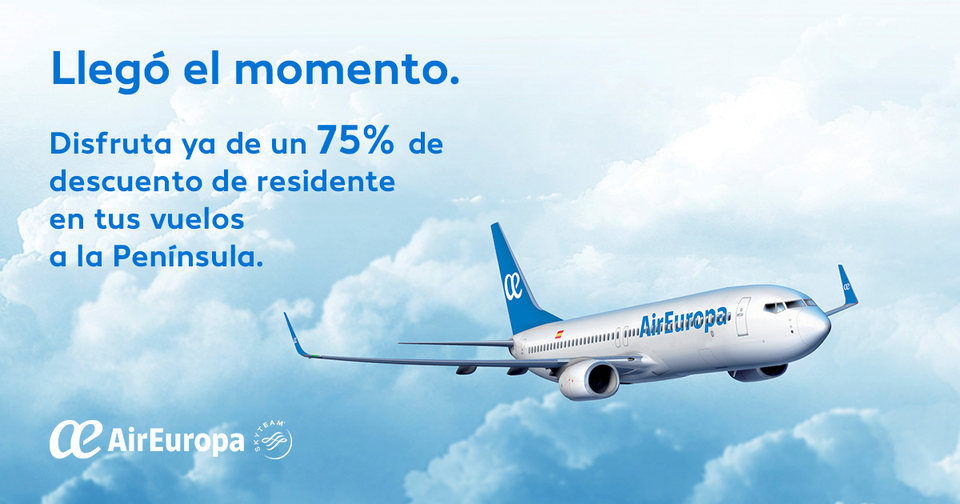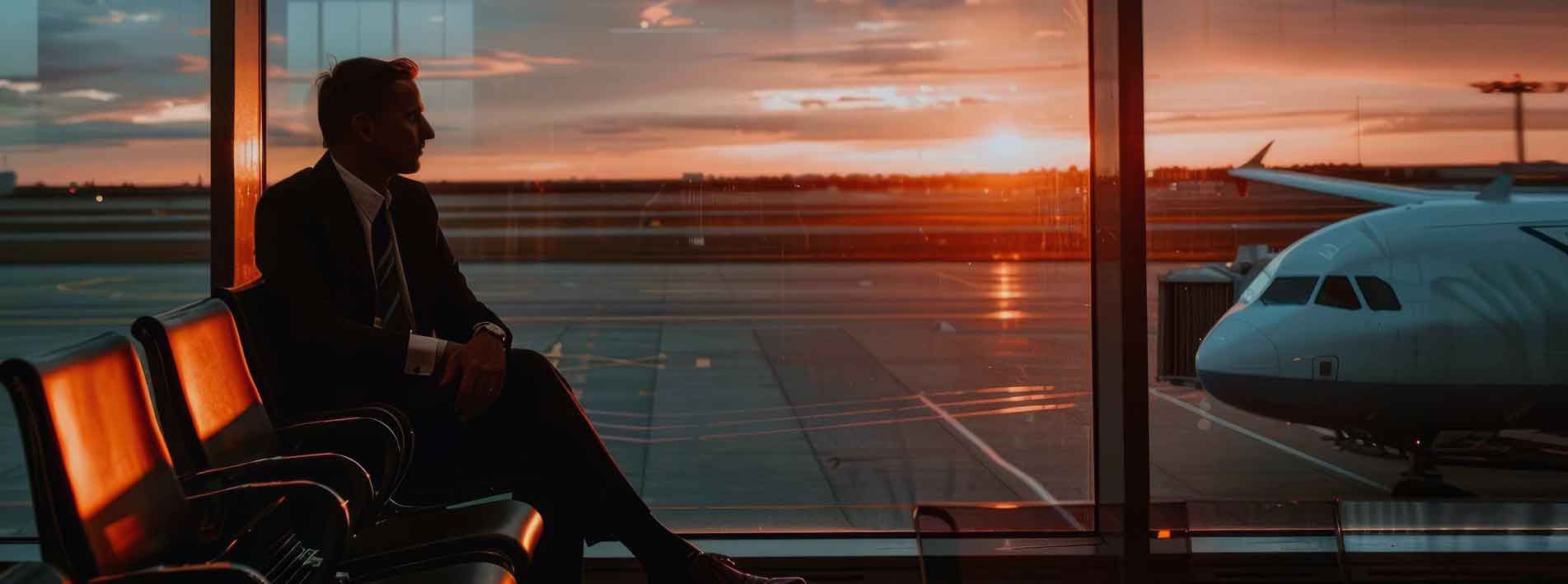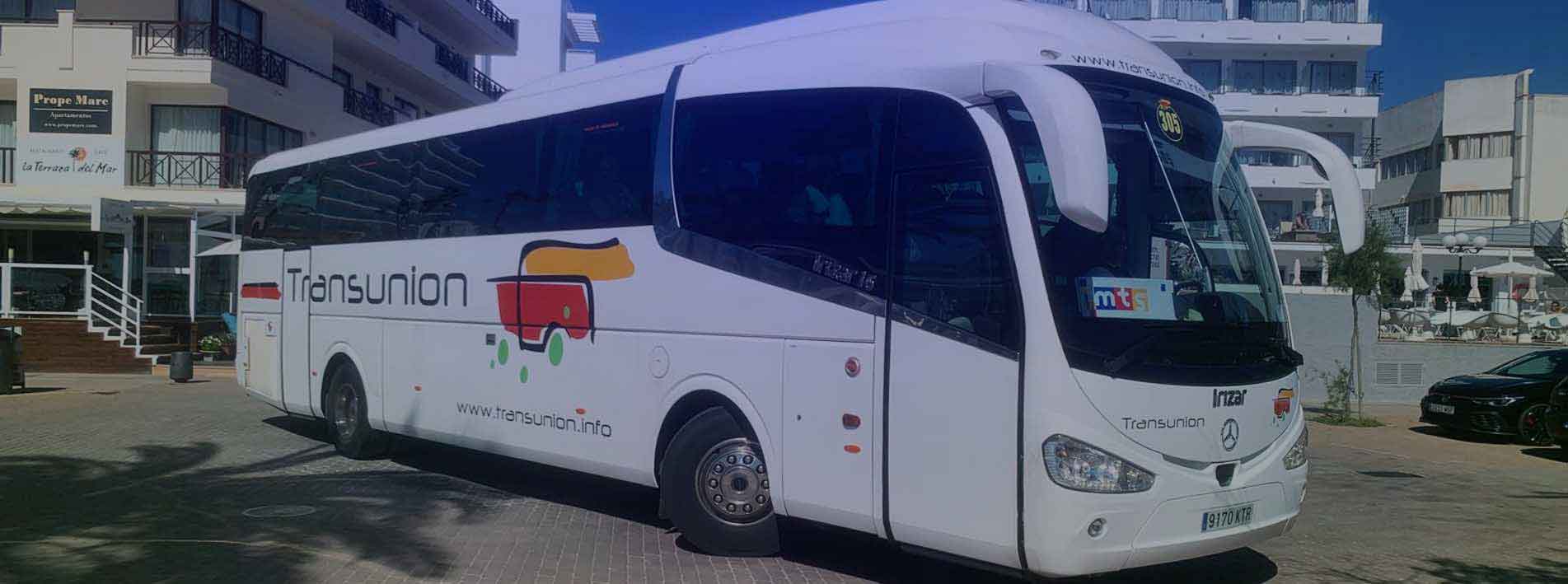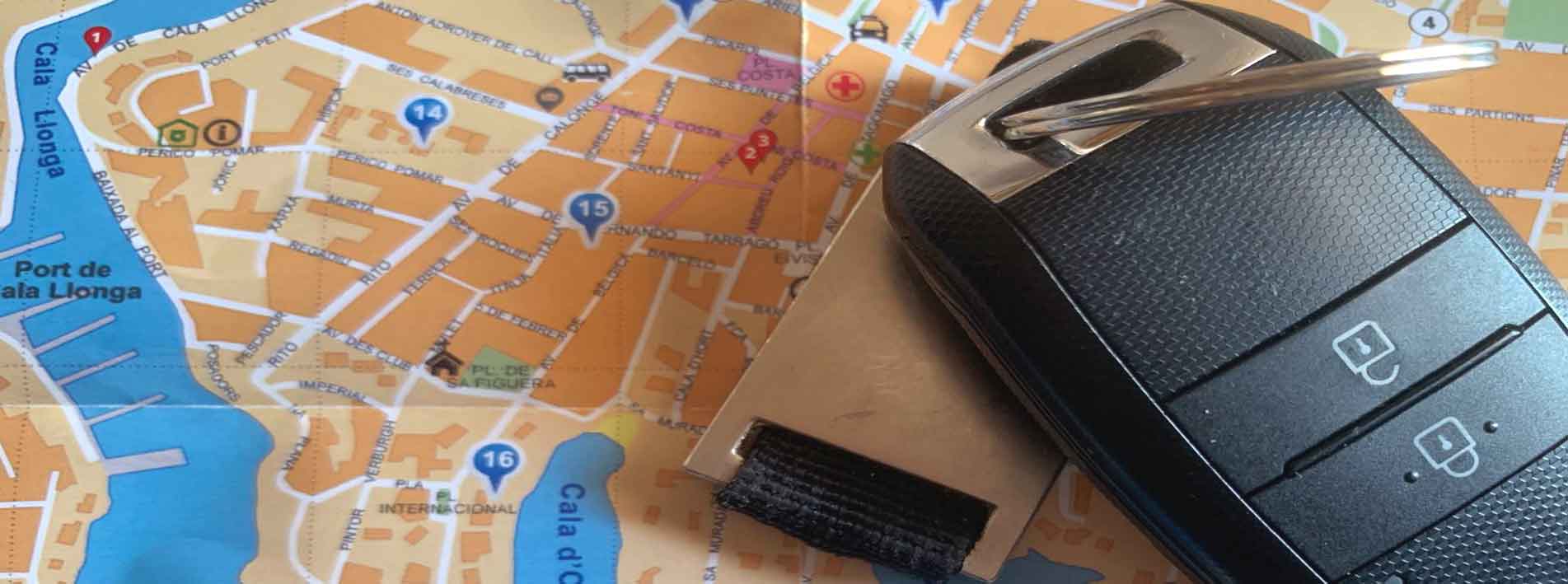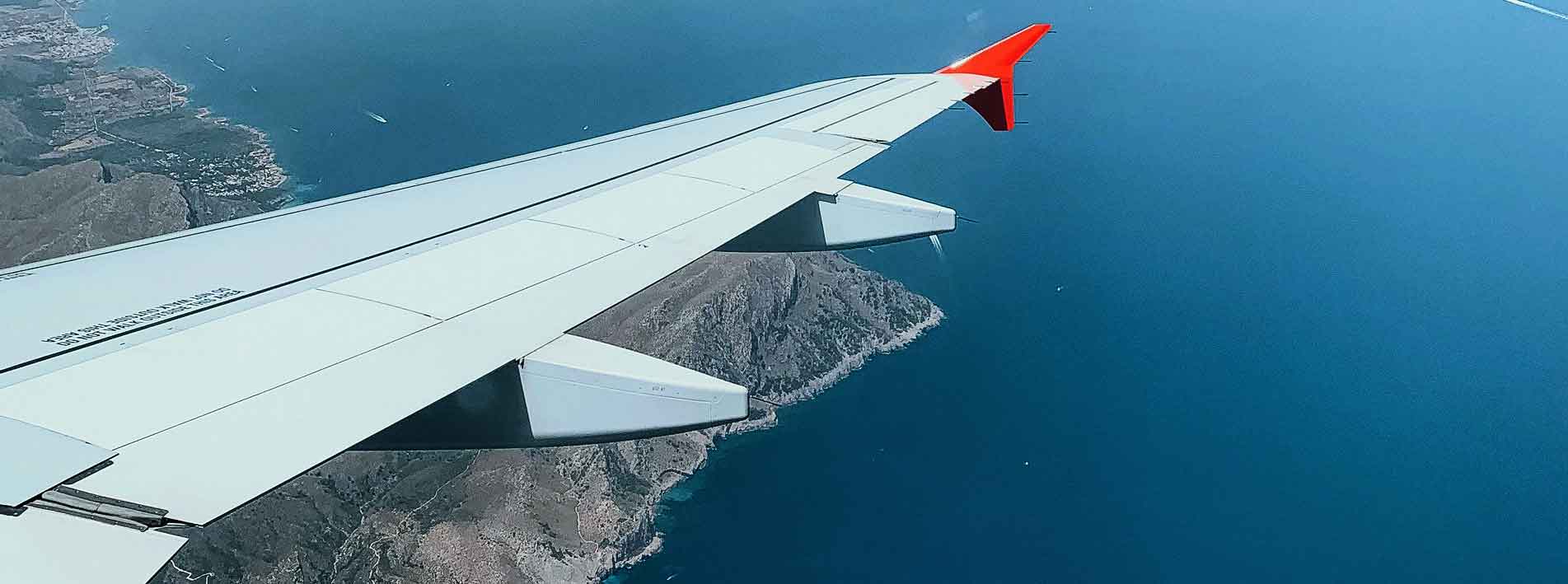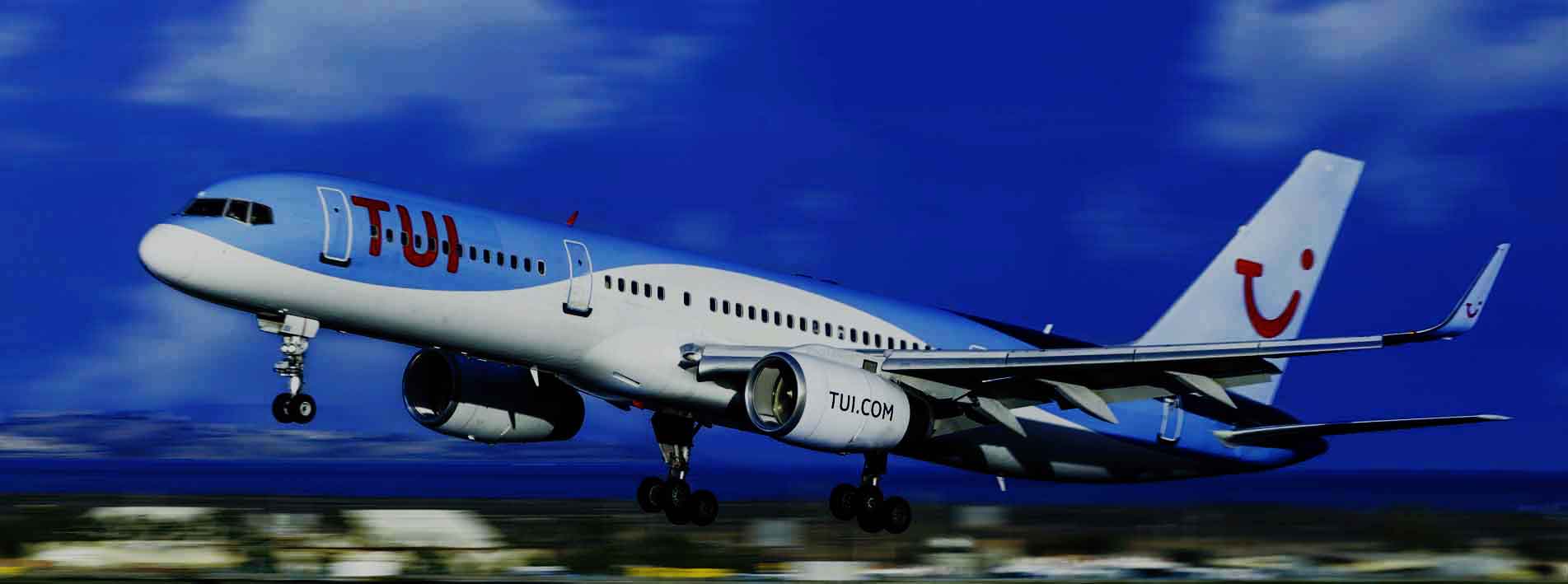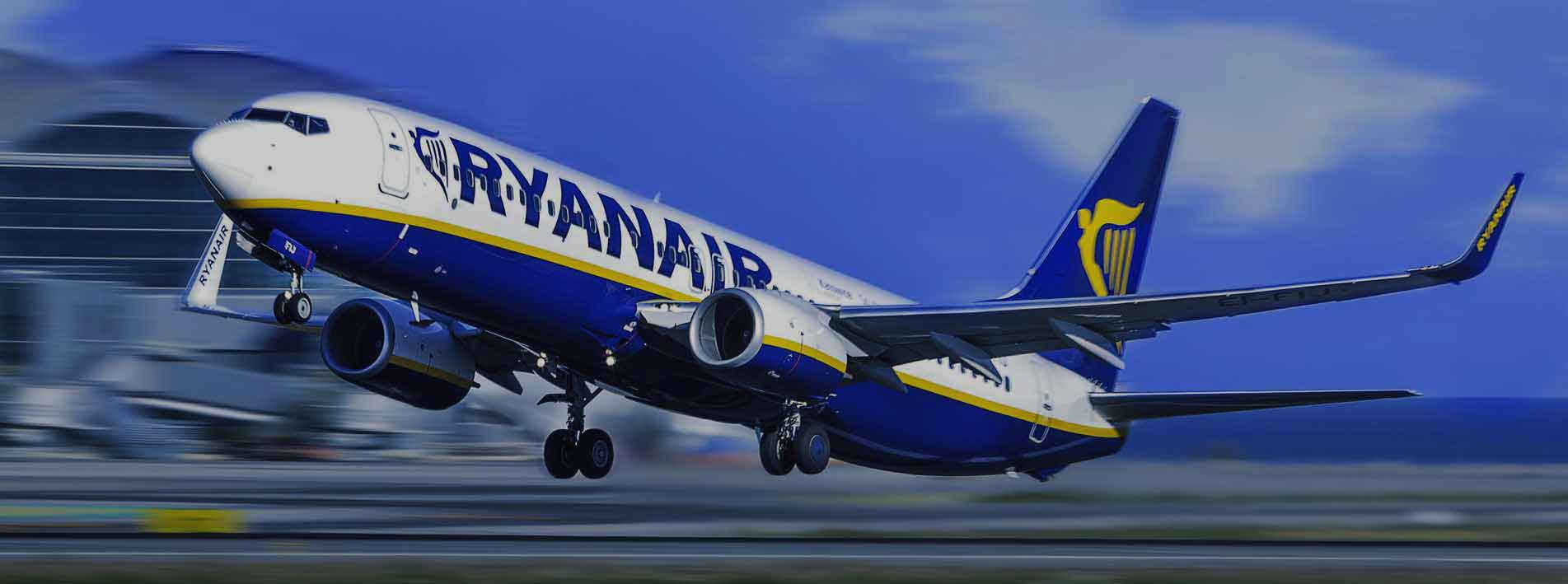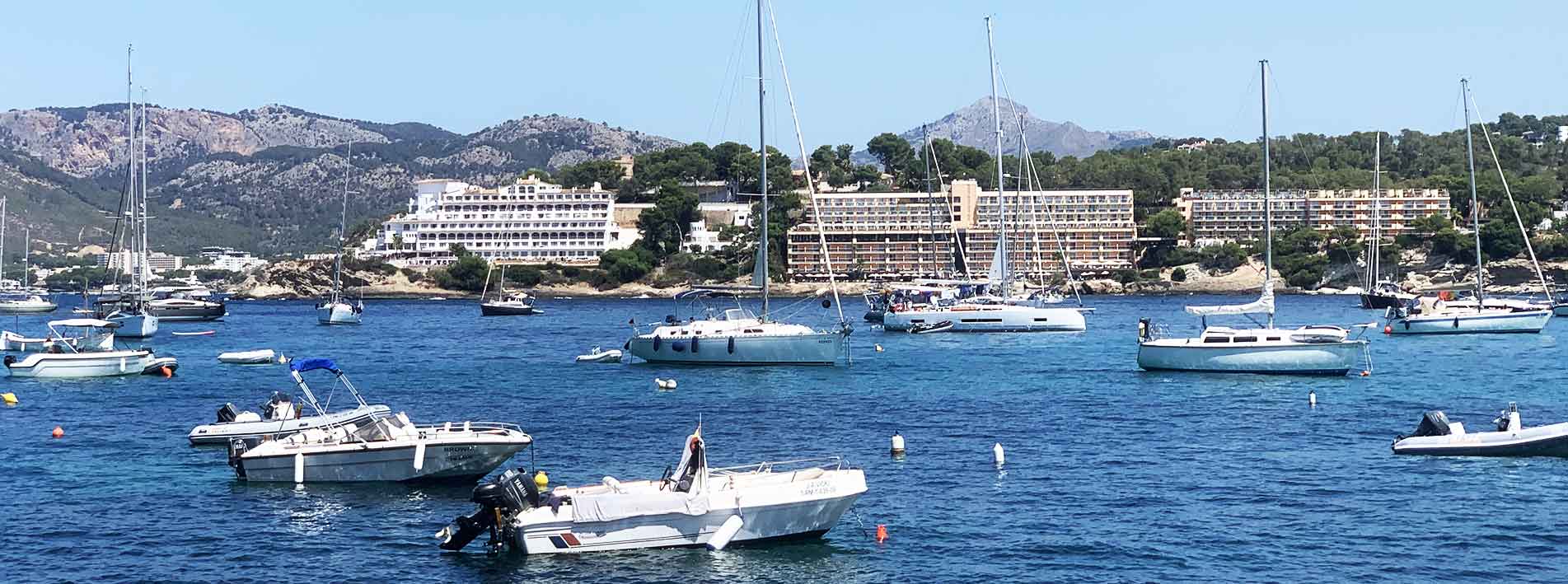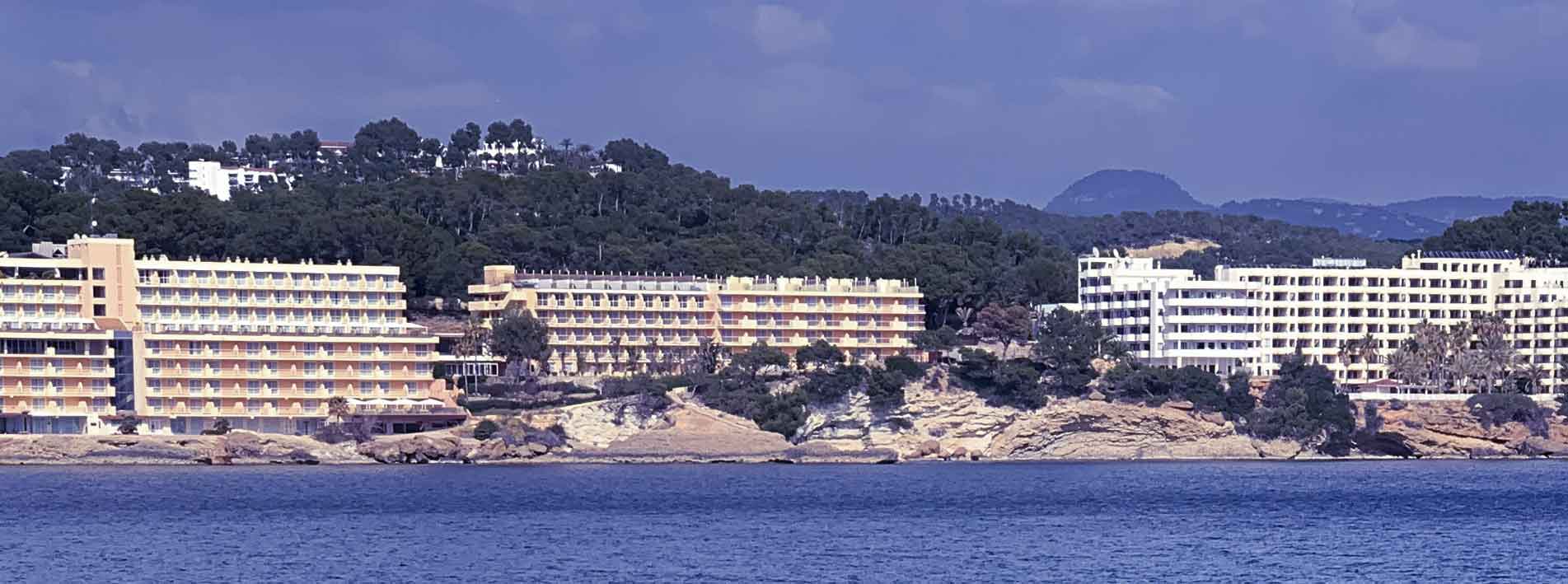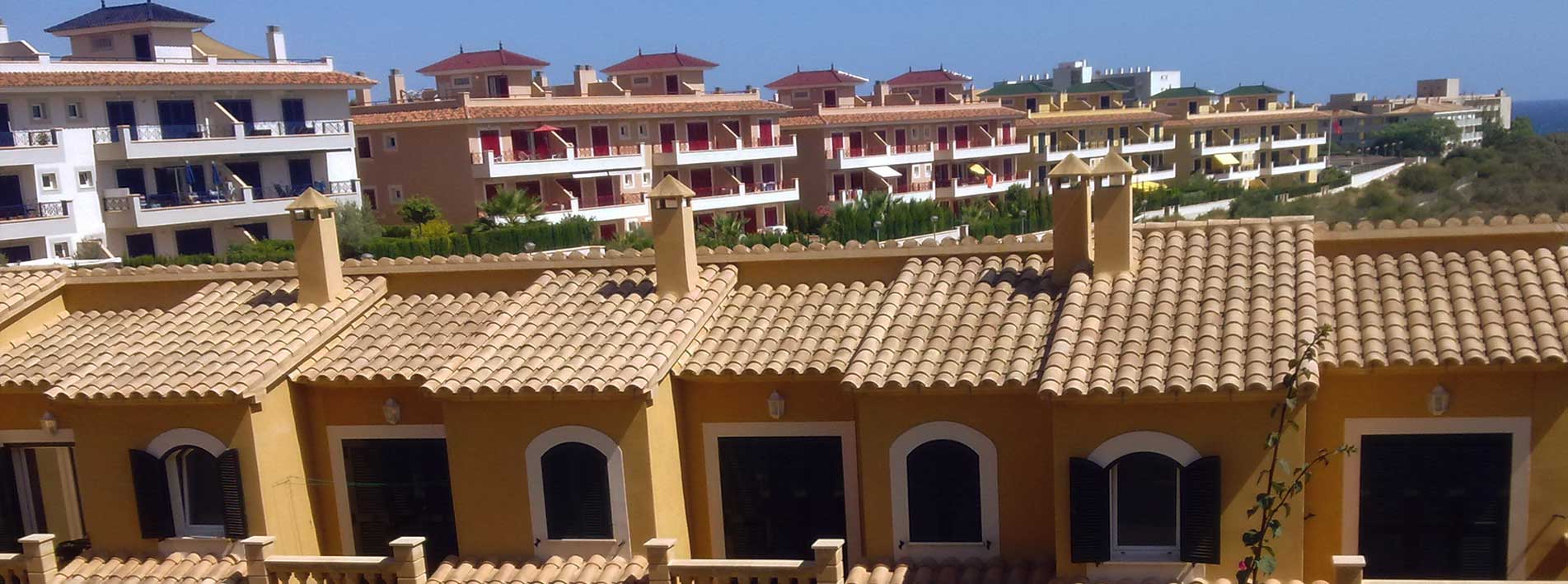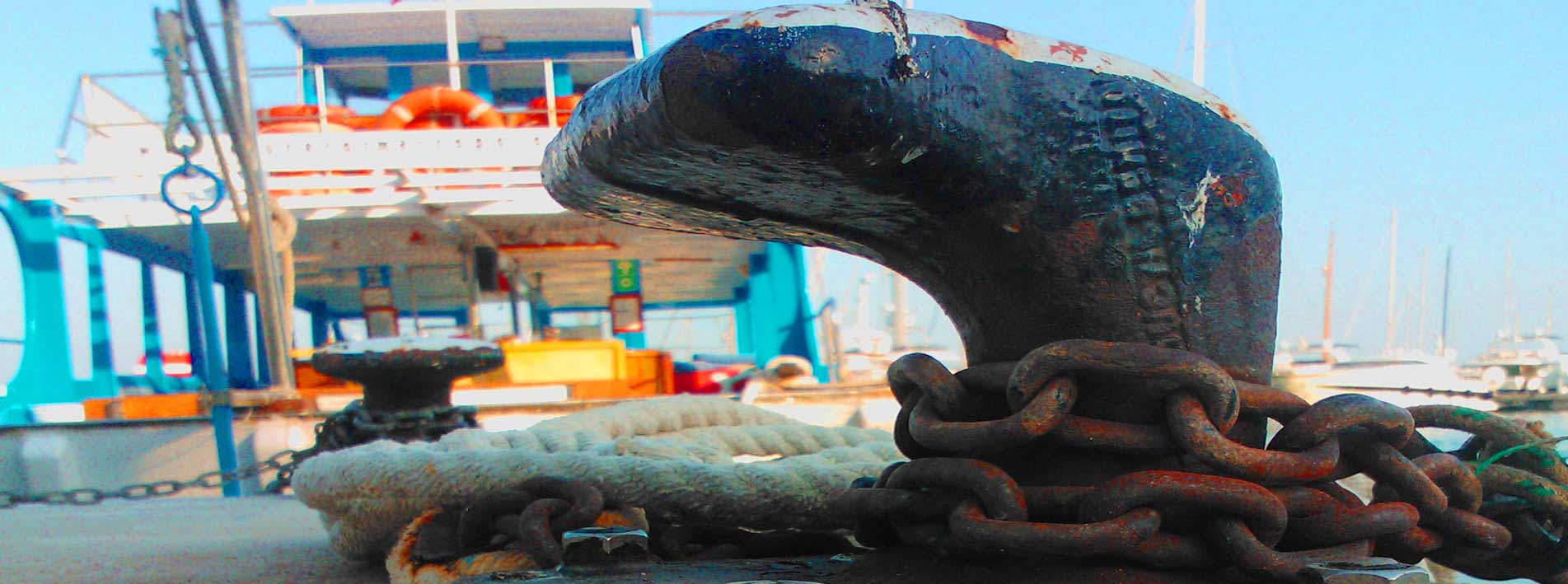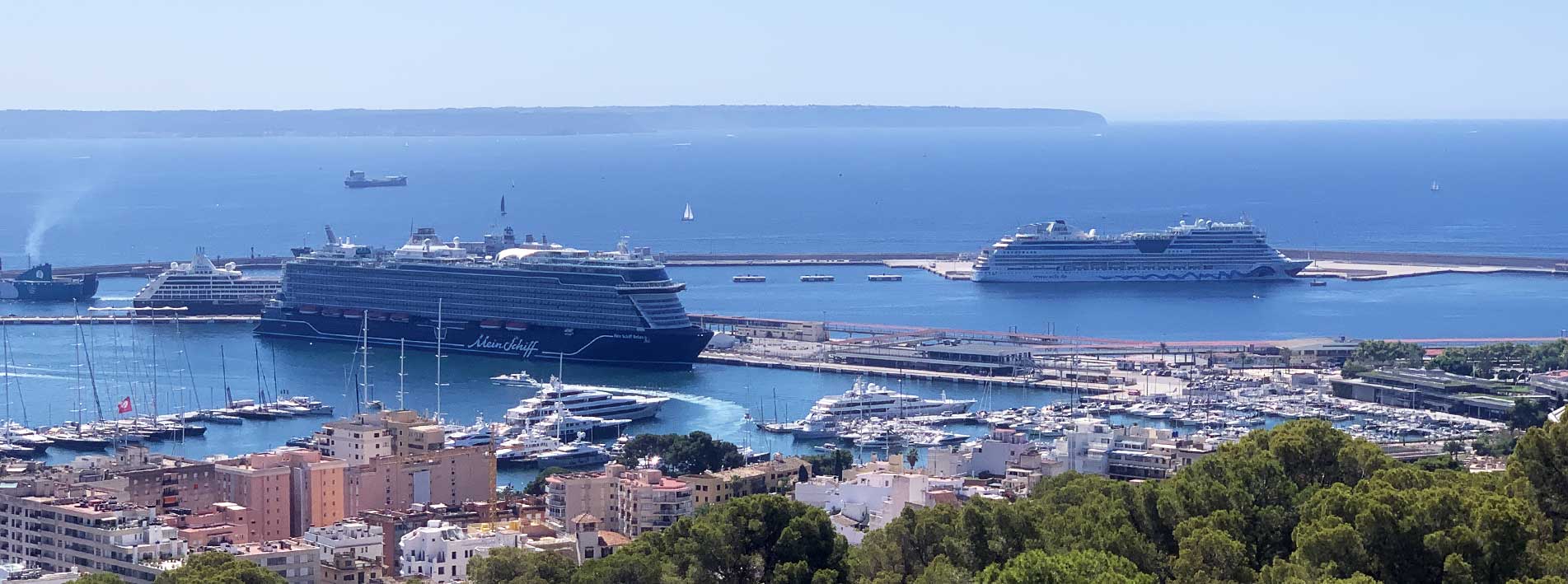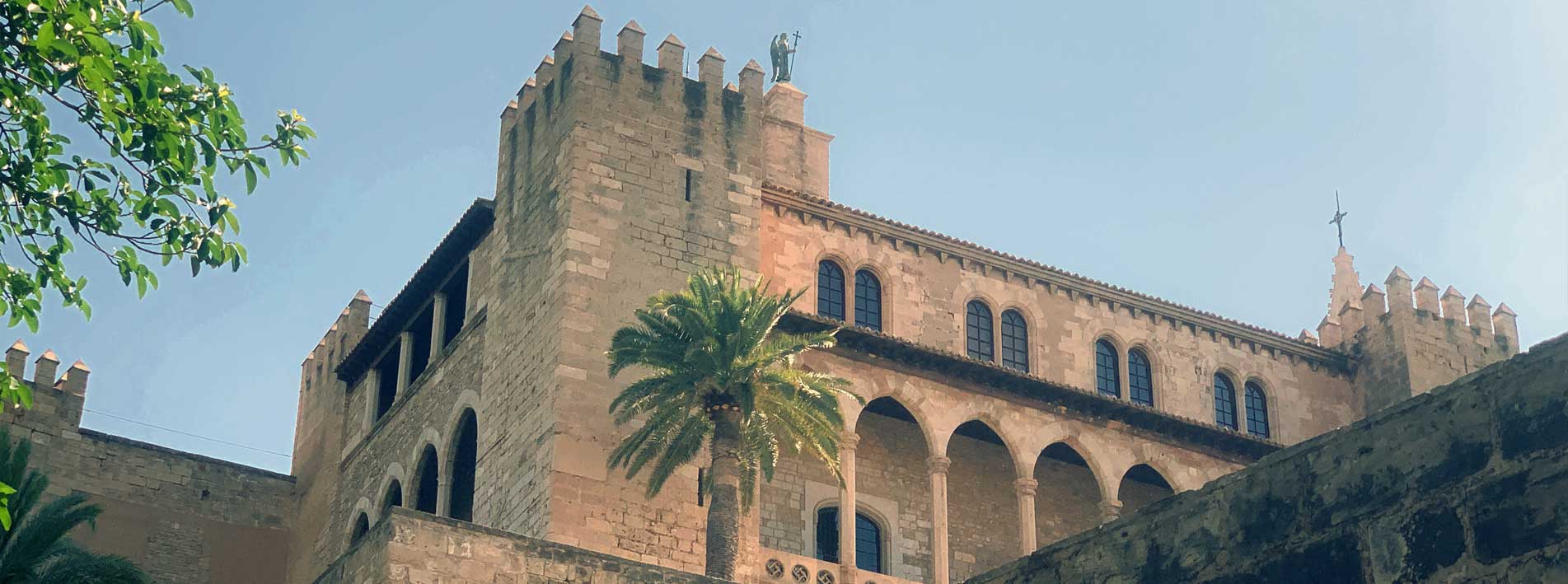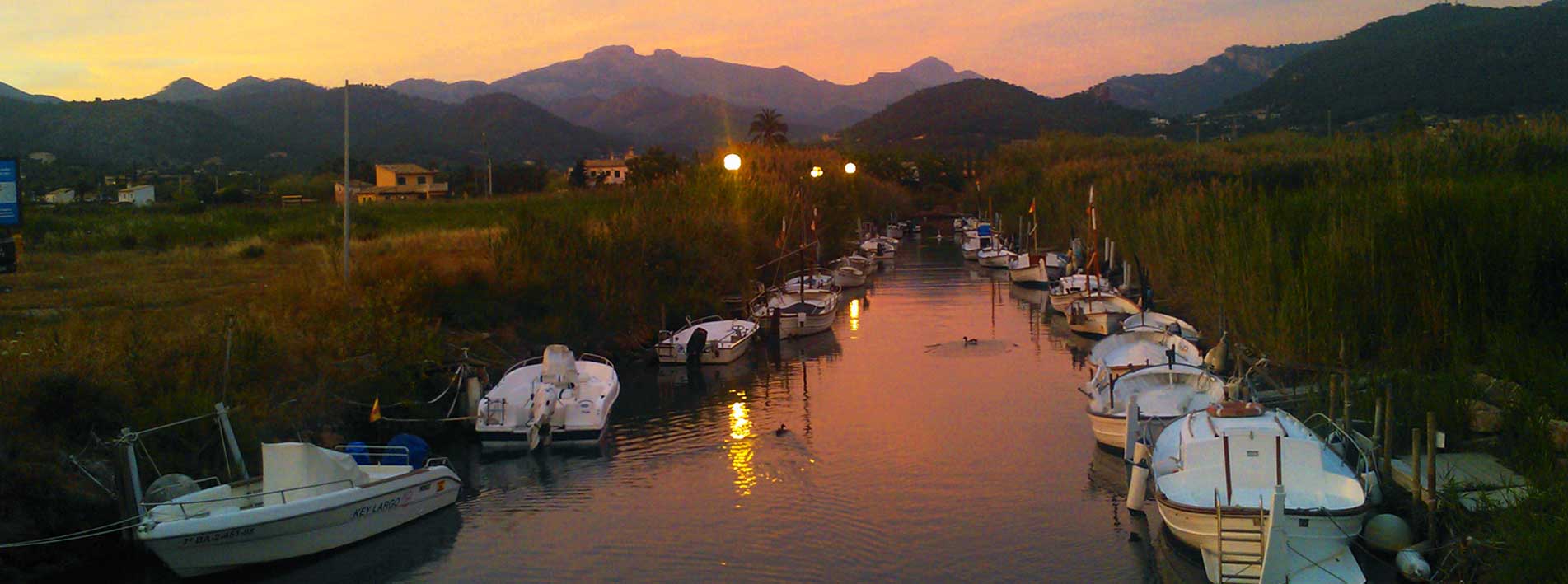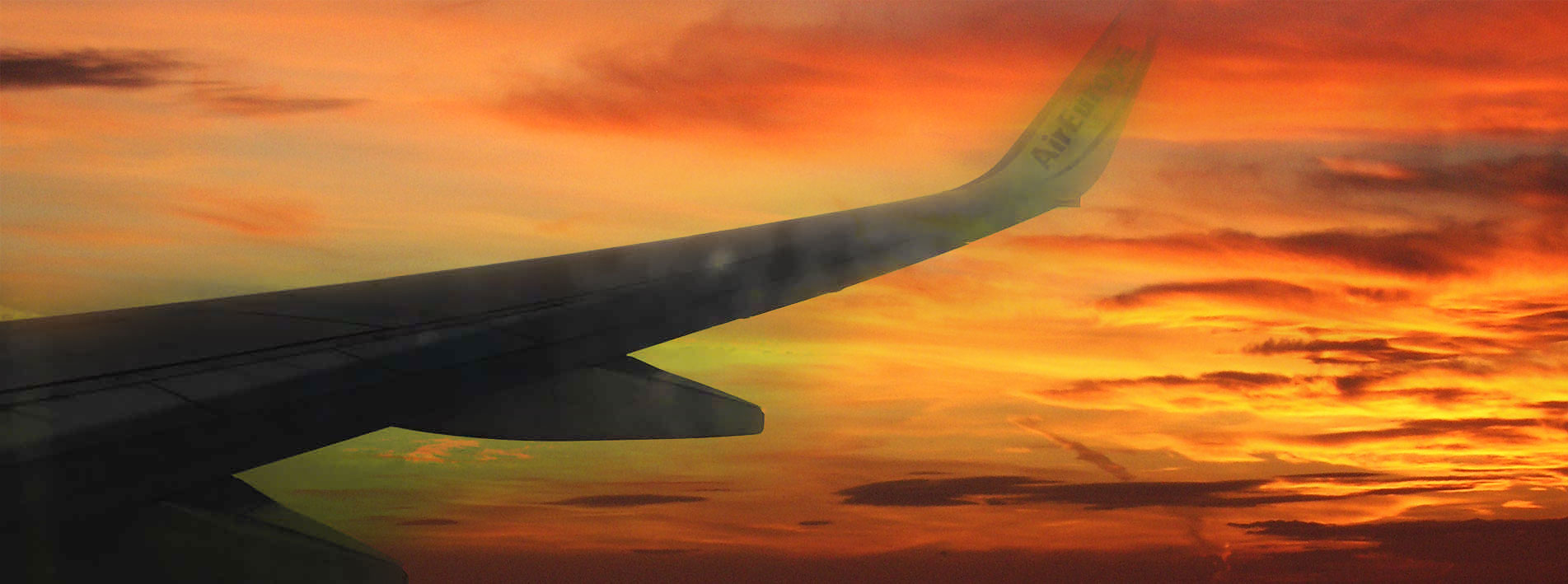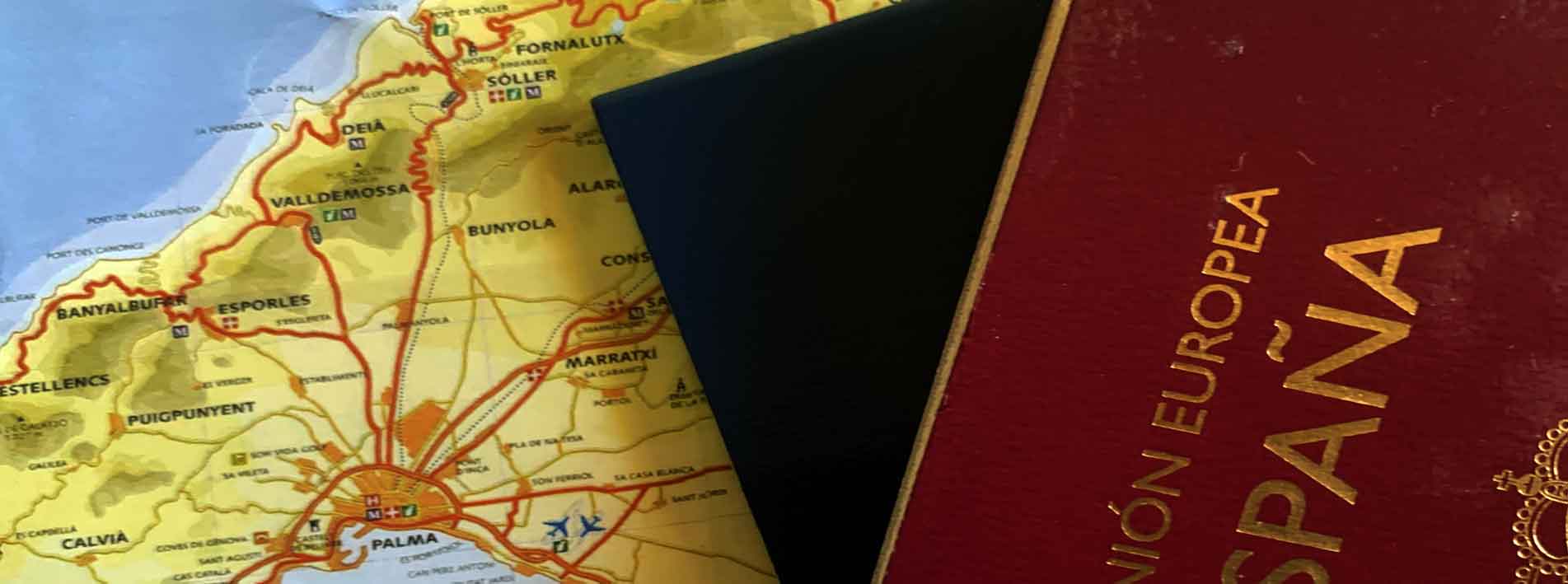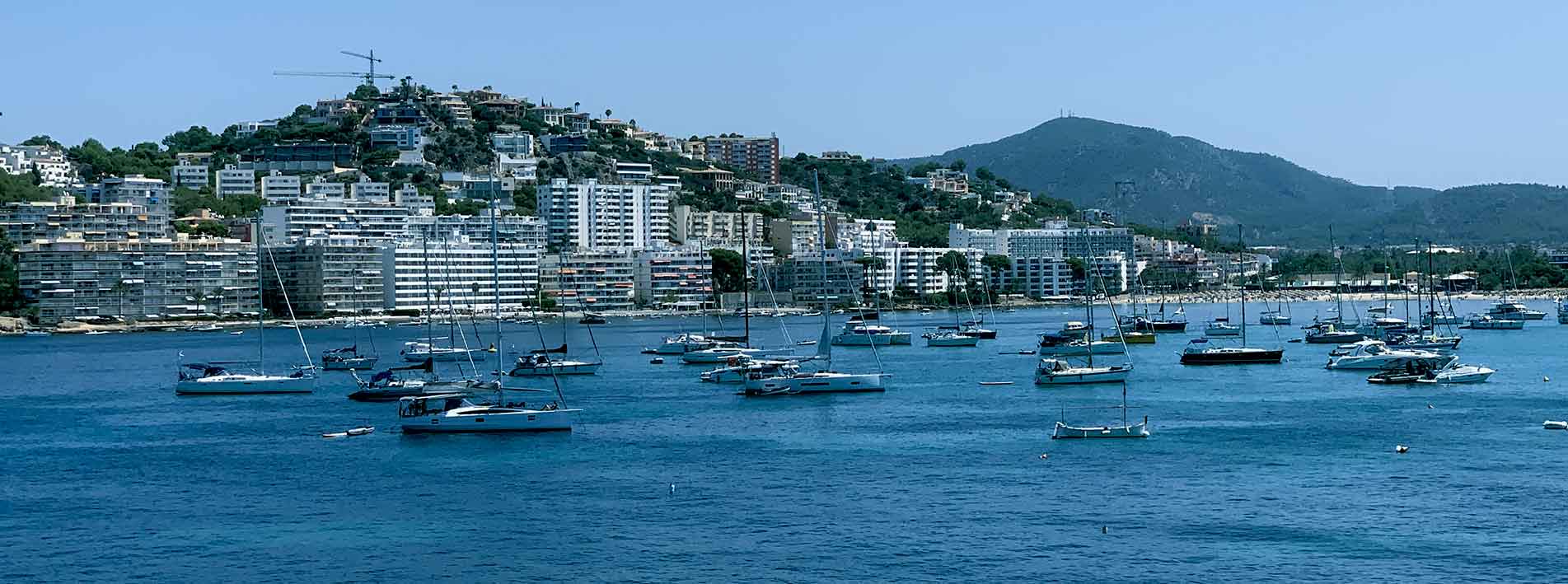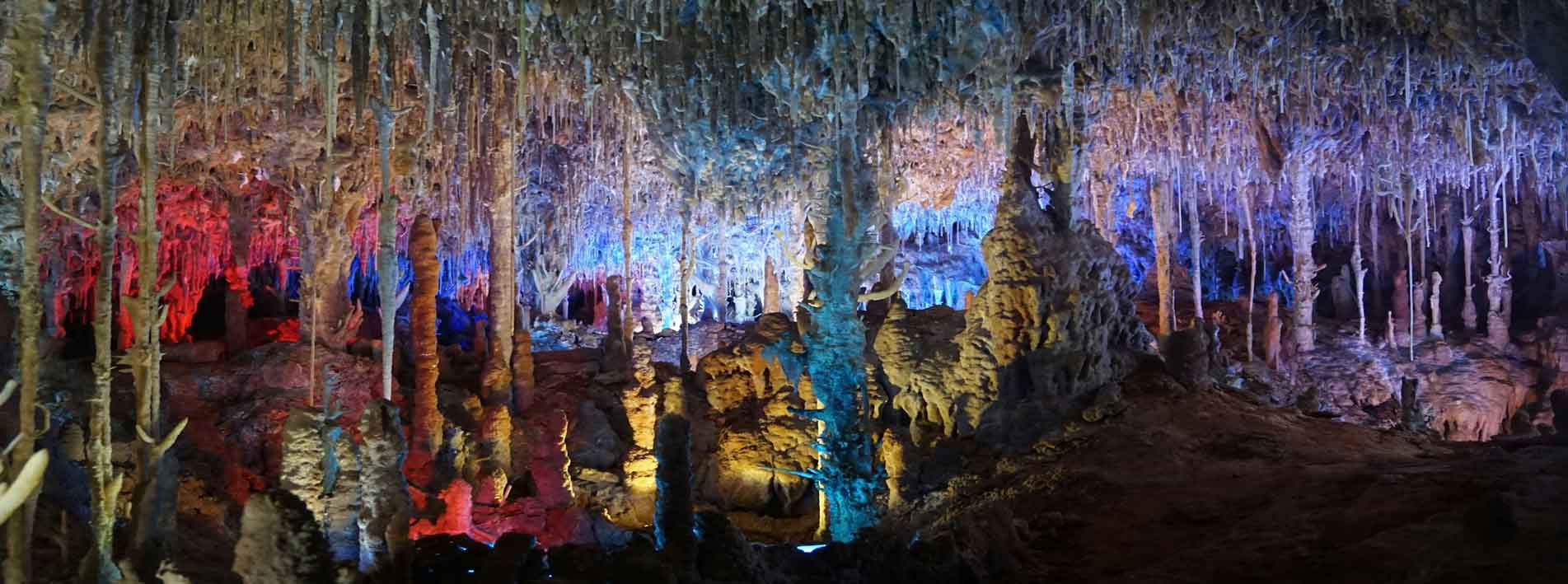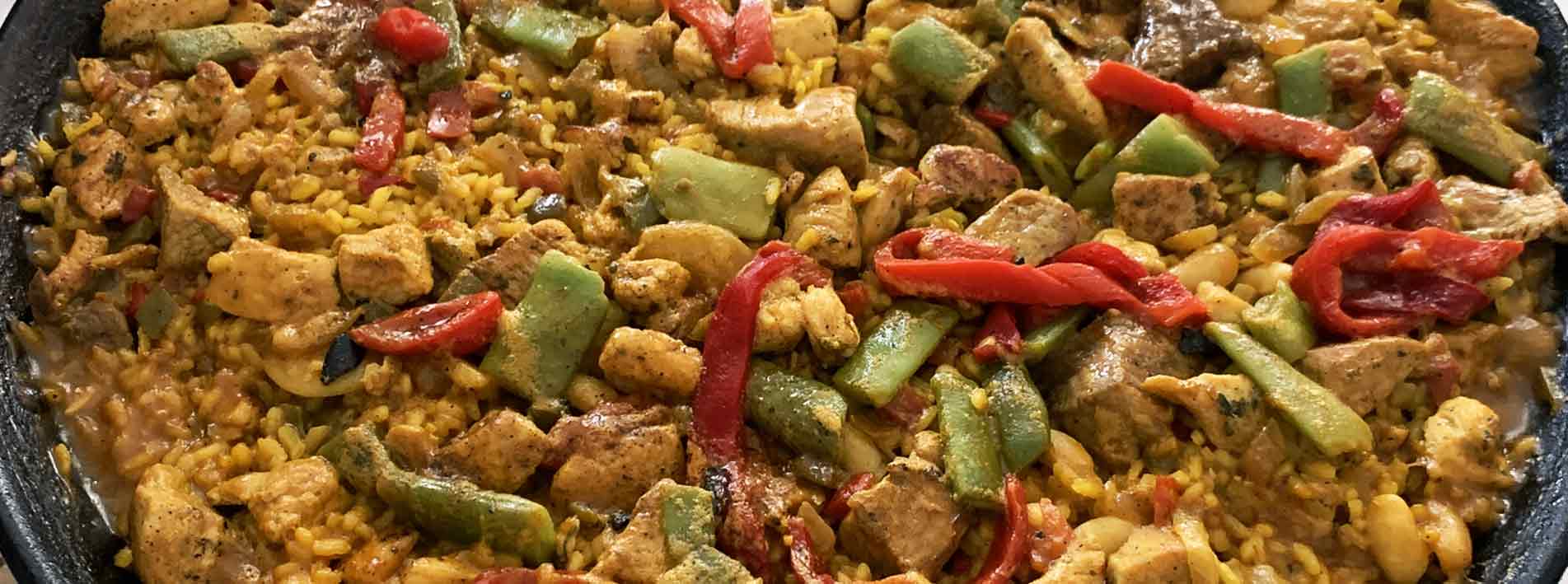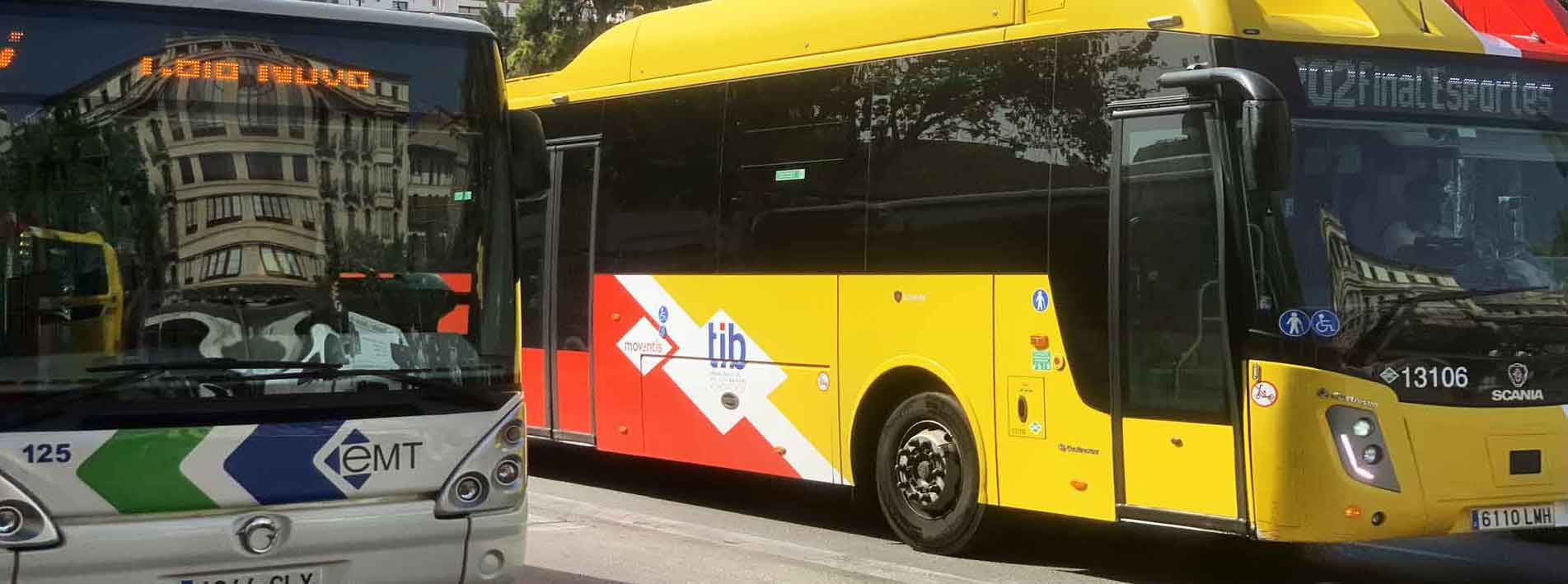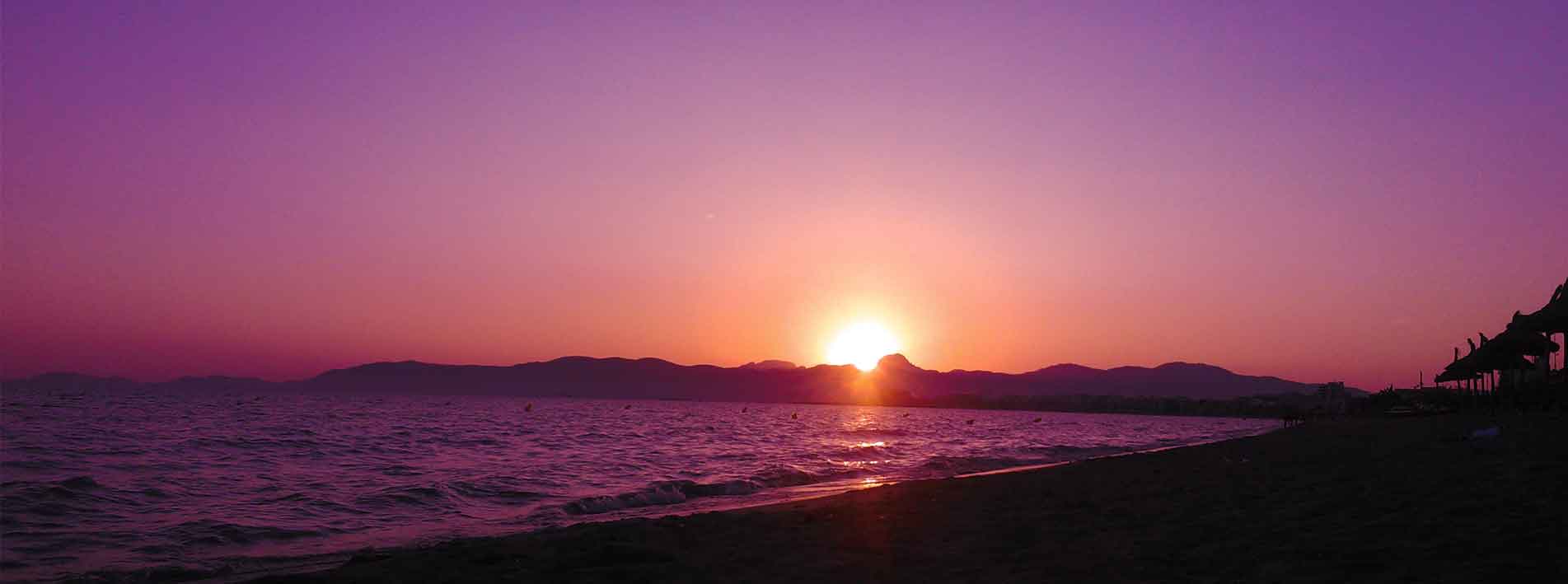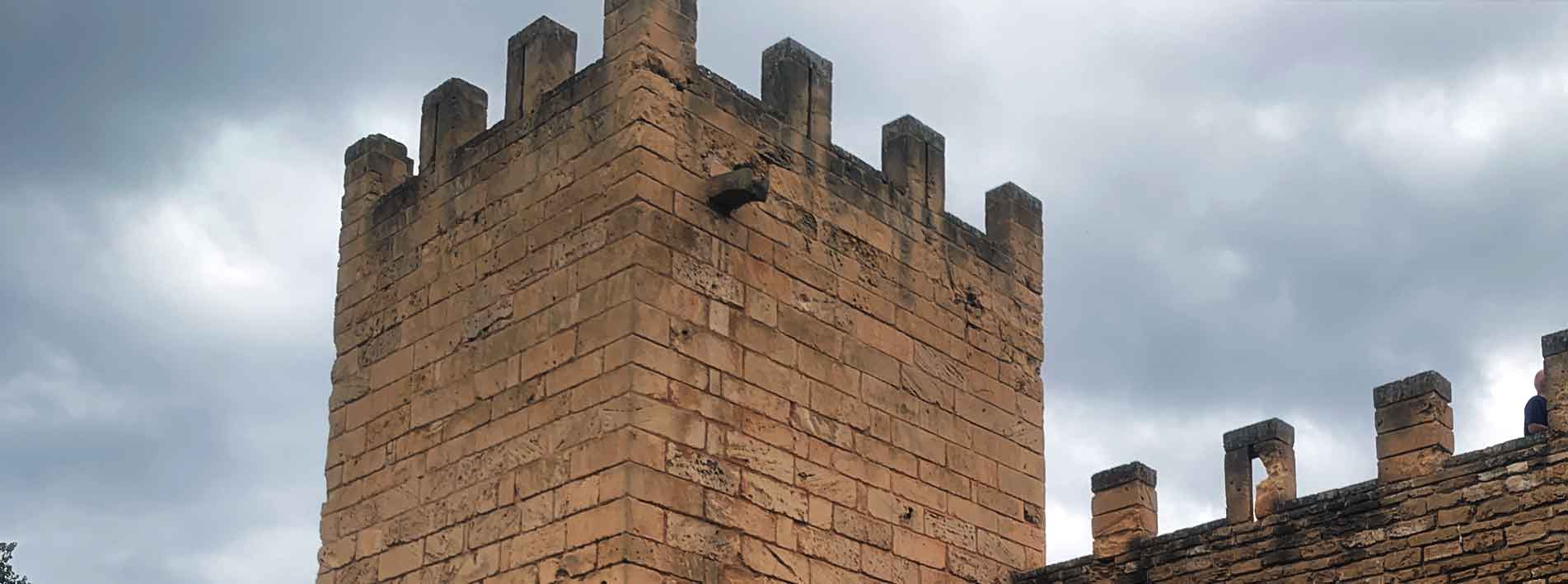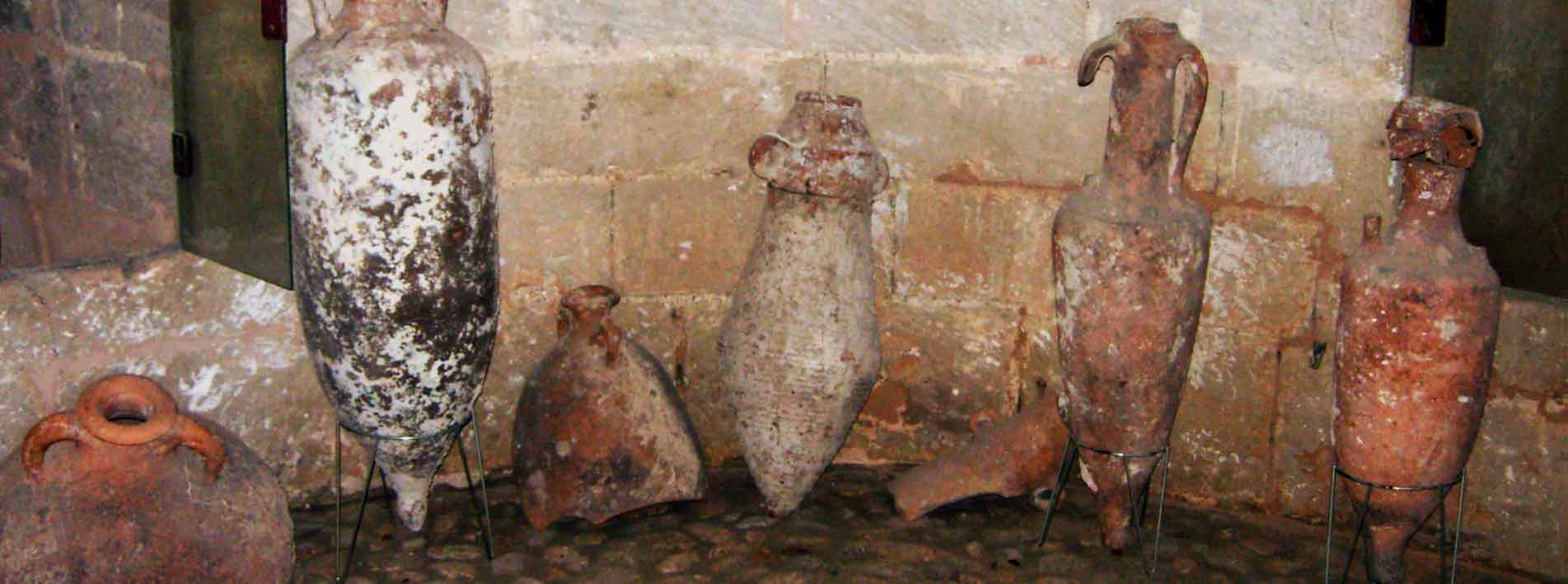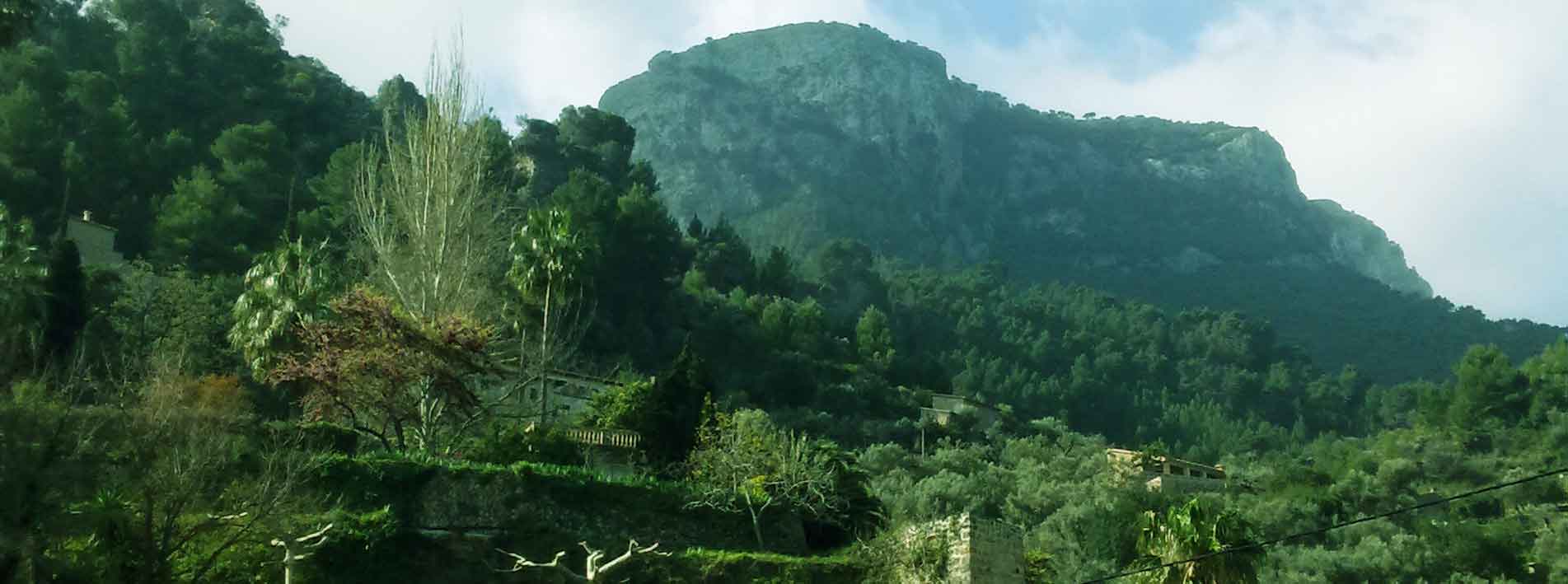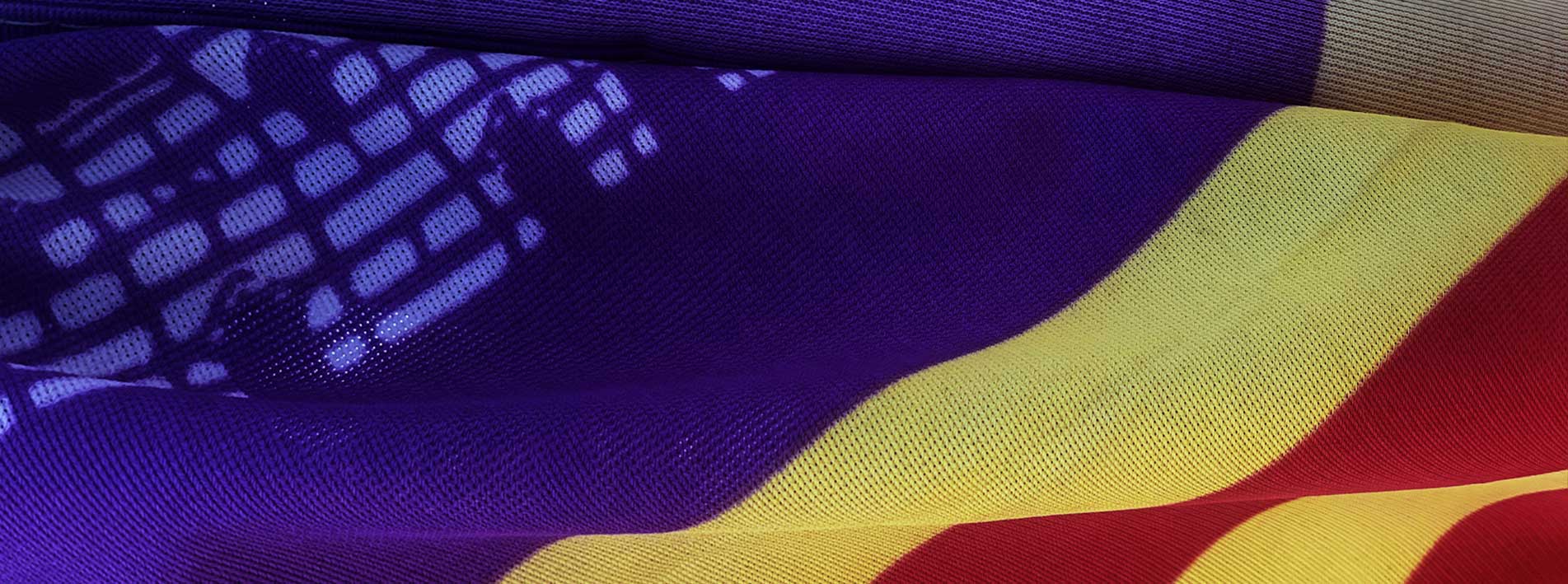Pollença
Pollença is a Spanish municipality, a town, and a picturesque village on the island located in the northern part. It is known for its rich history and beautiful natural landscape (including the mountains, coves, and nearby beaches). The municipality is made up of the town of Pollença, Port of Pollença, Cala Sant Vicenç, and the Formentor area. It has an important archaeological heritage and offers a balance between the peaceful atmosphere of a Mediterranean village and numerous outdoor activities, such as water sports in the port and hiking.
Toponymy
The toponymy of Pollença comes largely from the Latin name of the ancient Roman city of Pollentia, located near present-day Alcúdia. It is believed that the inhabitants of Pollentia, after its destruction, moved to the current area of Pollença, adopting its name. Indeed, everything seems to indicate that the name “Pollença” was re-adopted by the inhabitants of Pollentia when they moved to the new settlement after their city was destroyed.
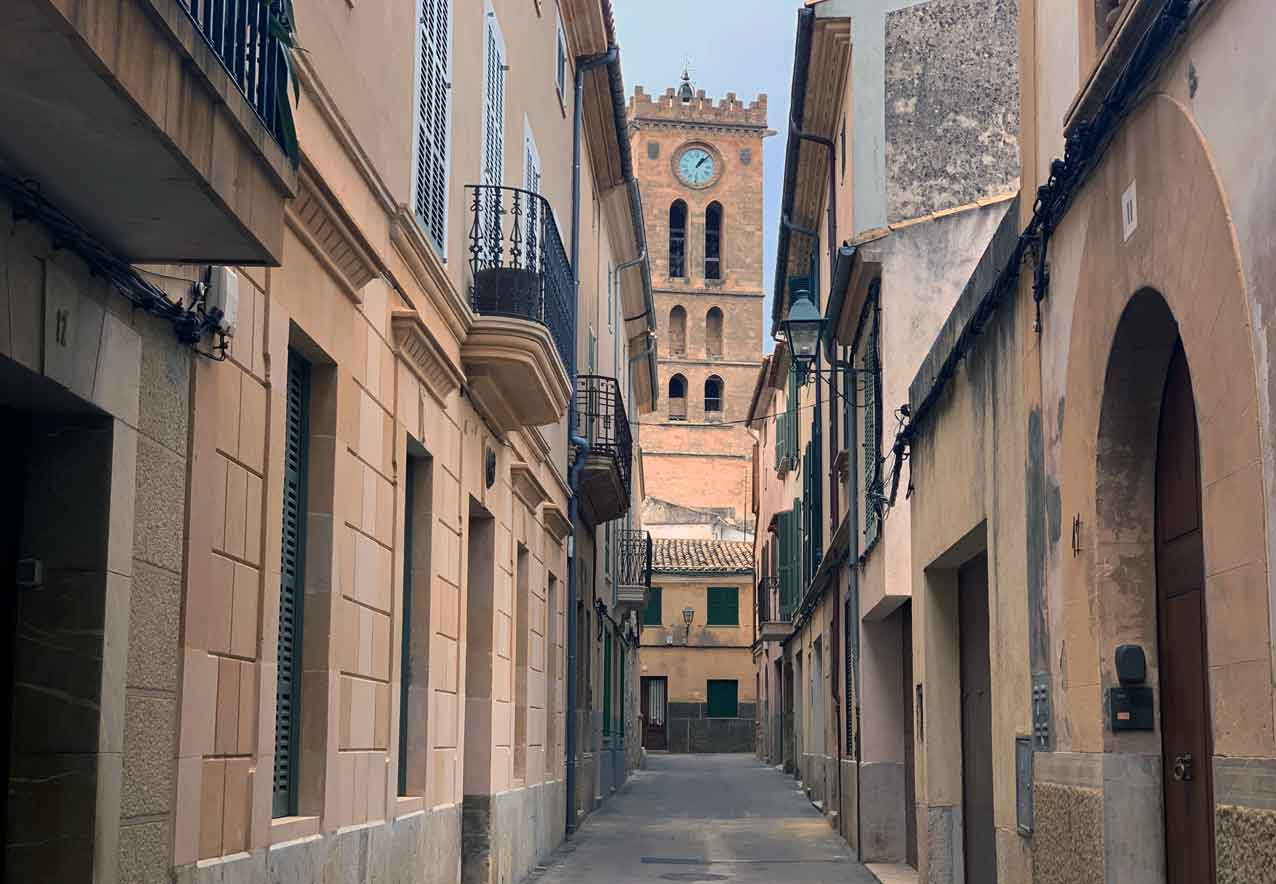 Location
Location
Pollença is a town in Mallorca located in the Serra de Tramuntana comarque. It is located in the northernmost part of the island, about 60 km from Palma, near Cape Formentor. It borders the municipalities of Escorca, Campanet, Sa Pobla, and Alcudia; the rest of its municipal area is coastline. In short, the original location of the town was moved inland to protect it from pirate attacks in the past
How to get to Pollença?
To get to Pollença, you can rent a car for a 45-minute drive from Palma Airport, following the Ma-13 highway towards Inca/Alcúdia. Alternatively, you can use public transport; from the airport, take the A1 bus to Palma Intermodal Station and, from there, line 301 to Pollença, which may take longer.
Arriving by car
From the airport: Take the Ma-13 motorway towards Inca and Alcúdia. Continue on the Ma-13 until the exit for Pollença. Drive along the road to the town of Pollença and then follow the signs to Puerto de Pollença if that is your destination. We recommend renting a car for greater freedom of movement on the island, but keep in mind that the historic center of the town is pedestrianized.
Arriving by bus
From the airport: Take the A1 bus to Palma Intermodal Station. At the Intermodal Station: Change to the 301 bus bound for Pollença. The bus journey may take longer than by car. You can check timetables and buy tickets on the TIB website or directly on the bus.
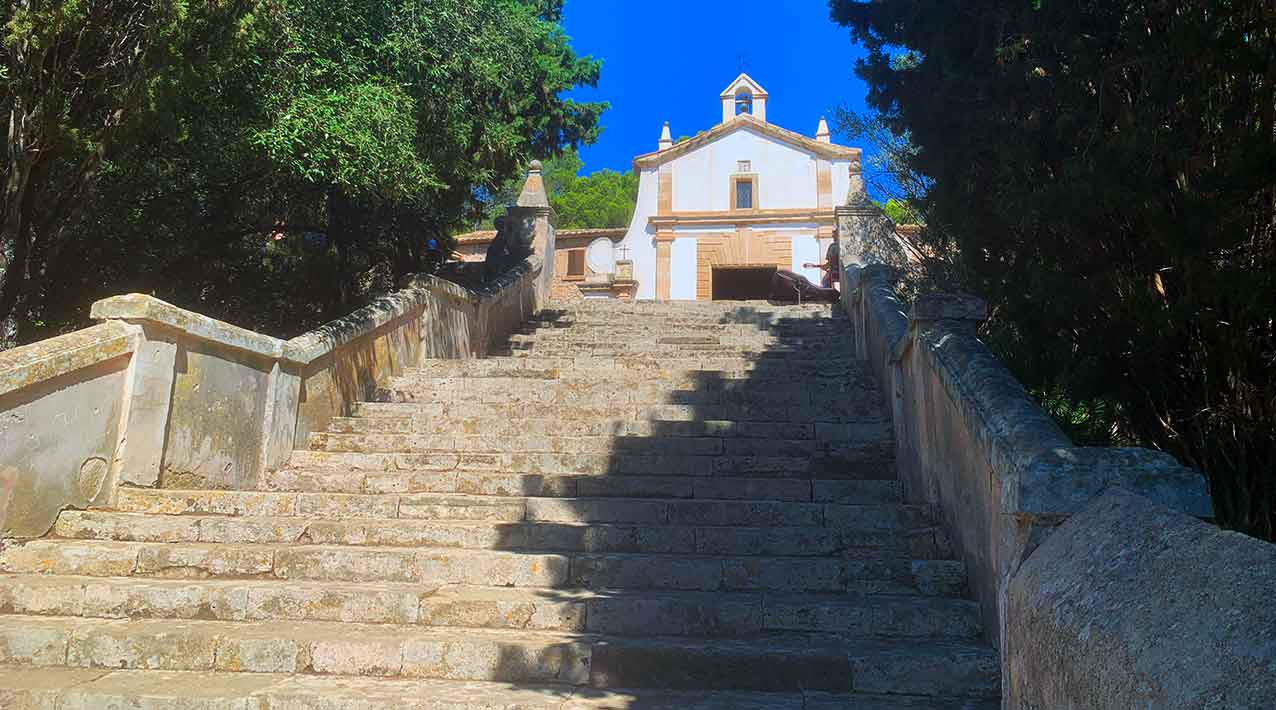 Summary of the history of Pollença
Summary of the history of Pollença
Pollença has a history dating back to Roman times, with roots in the settlement of Pollentia (located in what is now Alcúdia). The town grew after the Christian conquest in 1229, becoming a parish in 1236. Over the centuries, it withstood numerous pirate attacks and its economy, formerly agricultural, it is now based on tourism, attracted by its natural environment and cultural heritage.
Prehistory and Roman period
The first settlements in the area date back to the pre-Talayotic and Talayotic periods, as evidenced by the caves of Alzinaret and Puig d’Alberguins. The Romans founded Pollentia in the 1st century BC (123 BC), near present-day Alcúdia. Although Pollentia was the main center, a few scattered houses from the Roman period were located where Pollença stands today. After the Arab conquest, the region became known as Bullansa, an adaptation of Pollentia.
Middle Ages and Modern Age
After the Christian conquest in 1229, the parish of Pollença was founded in 1236. The Knights Templar had a great influence in the area, building the church of Nostra Senyora dels Àngels.
Pollença suffered repeated attacks by Barbary pirates, especially in the 15th and 16th centuries. The most famous pirate attack occurred in 1550, when local hero Joan Mas led the inhabitants to defeat the Turkish invaders, despite being poorly armed. This event is celebrated annually with the Moors and Christians festival. In the 16th century, the Pollensa Fortress was built on the Punta de Avanzada to defend against pirates.
Contemporary Age
During the 19th century, there was considerable economic growth and a decrease in bandit attacks, which attracted artists and celebrities to the area. In the 20th century, agriculture lost importance in the face of the rise of tourism, which became the main source of income.
Today, Pollença is a cultural and natural landmark, with its territory including tourist areas such as Formentor, Cala Sant Vicente, and Puerto de Pollensa. Its historic center is full of charm and liveliness throughout the year.
Gastronomy in Pollença
The cuisine of Pollença, rooted in Mediterranean and Mallorcan cooking, combines typical and traditional dishes with a diverse international offering. Local specialties include pa amb oli, tumbet, arroz brut, and lobster stew. Pastries include the famous ensaimada and almond gató, and the area is also known for its wines and spirits.
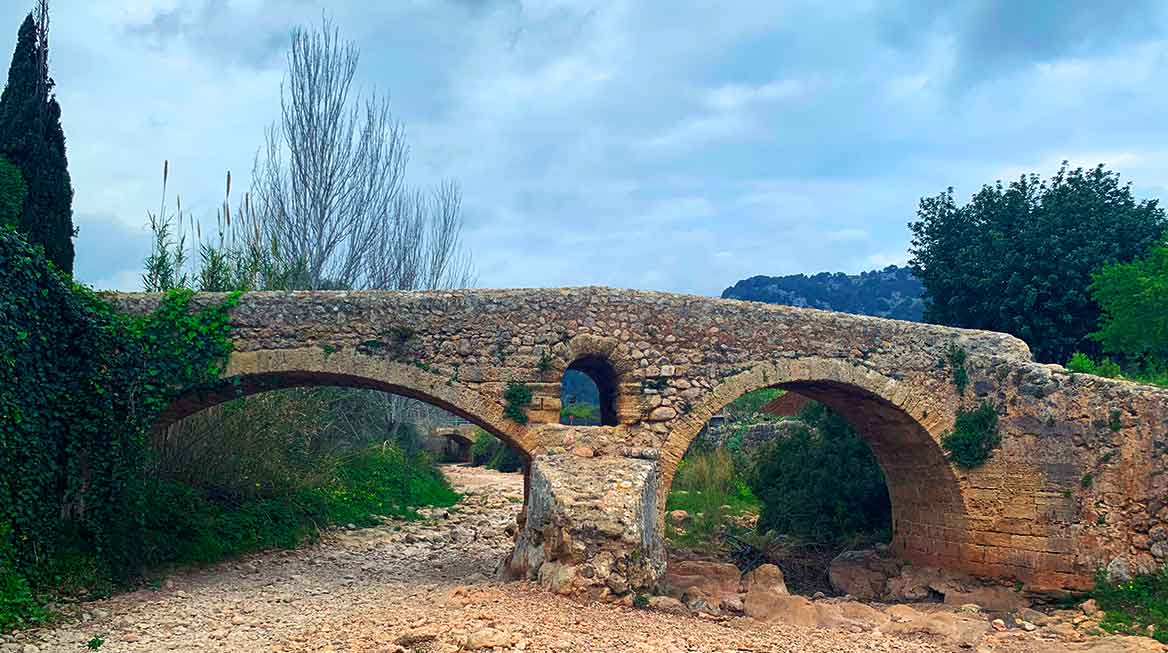 Art and culture in Pollença
Art and culture in Pollença
In the early 20th century, it became a refuge for writers, painters, and musicians, earning it a reputation as a cultural center. It is home to an important archaeological and artistic heritage and is considered one of the cultural cradles of the island.
What to see and do in Pollença?
Pollença is a municipality in Mallorca that combines historical charm with nature. The must-sees are climbing the 365 steps of Calvario to enjoy panoramic views, strolling through the old town and Plaça Major, visiting the Convent of Santo Domingo, and exploring the Gardens of Joan March. Also worth visiting are the Roman Bridge, the Pollença Market (on Sundays), and the natural beauty of the surrounding area, including the famous Cape Formentor and its coves.
Places of interest in the village
El Calvario: A sanctuary accessed by climbing 365 steps, with breathtaking views of the village and the bay. It is especially well known during Holy Week celebrations.
Old Town: A historic center with the Plaza Major, the church of Nostra Senyora del Ángels, the Convent of Santo Domingo, and the Pont Romà.
Plaça Major: The heart of the town, ideal for having a coffee and visiting the 17th-century parish church.
Convent of Santo Domingo: A former convent that houses the Museum of Pollença, with exhibitions of contemporary art and archaeology.
Joan March Gardens: A green space with a medieval tower (Desbrull) that can be visited free of charge.
Roman Bridge (Pont Romà): A picturesque bridge, despite its name, whose structure dates back to the 13th century, ideal for a leisurely stroll.
Pollença Market: Held every Sunday, it is one of the largest markets in Mallorca.
Church of Nostra Senyora dels Àngels: A 13th-century church with a current 18th-century structure.
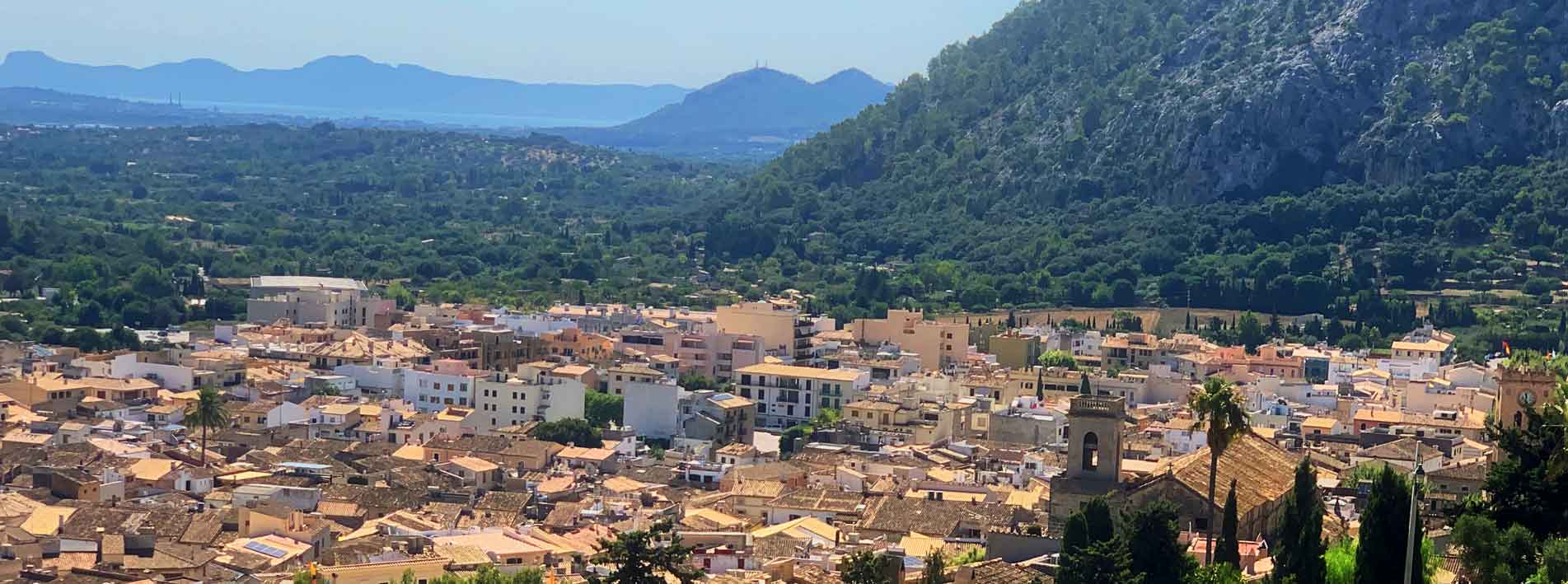 Surroundings and nature
Surroundings and nature
Port de Pollensa: An important marina where you can stroll, eat, and enjoy water activities.
Cape Formentor: An iconic spot known for its breathtaking views and the famous beach of the same name.
Festivities: The Moors and Christians festival is celebrated in August.
Art and crafts: The town has a bohemian atmosphere with art galleries and craft workshops.
Hotels and accommodation in Pollença
In Pollença, there are luxury hotels with spas, boutique hotels, and simpler, more economical hostels and hotels. You can also find tourist apartments for those who prefer more independence and space. The Port of Pollença is especially popular for vacation rentals, with a good range of services and beaches, although the old town is also an option for those seeking a more historical and authentic experience.
And that’s it for this brief guide to Pollença, in Mallorca. We hope it helps.
By the way: Are you coming to Mallorca on a tourist trip? If you find it helpful, you can also check out our travel guide to Mallorca and more tourist information about the island

